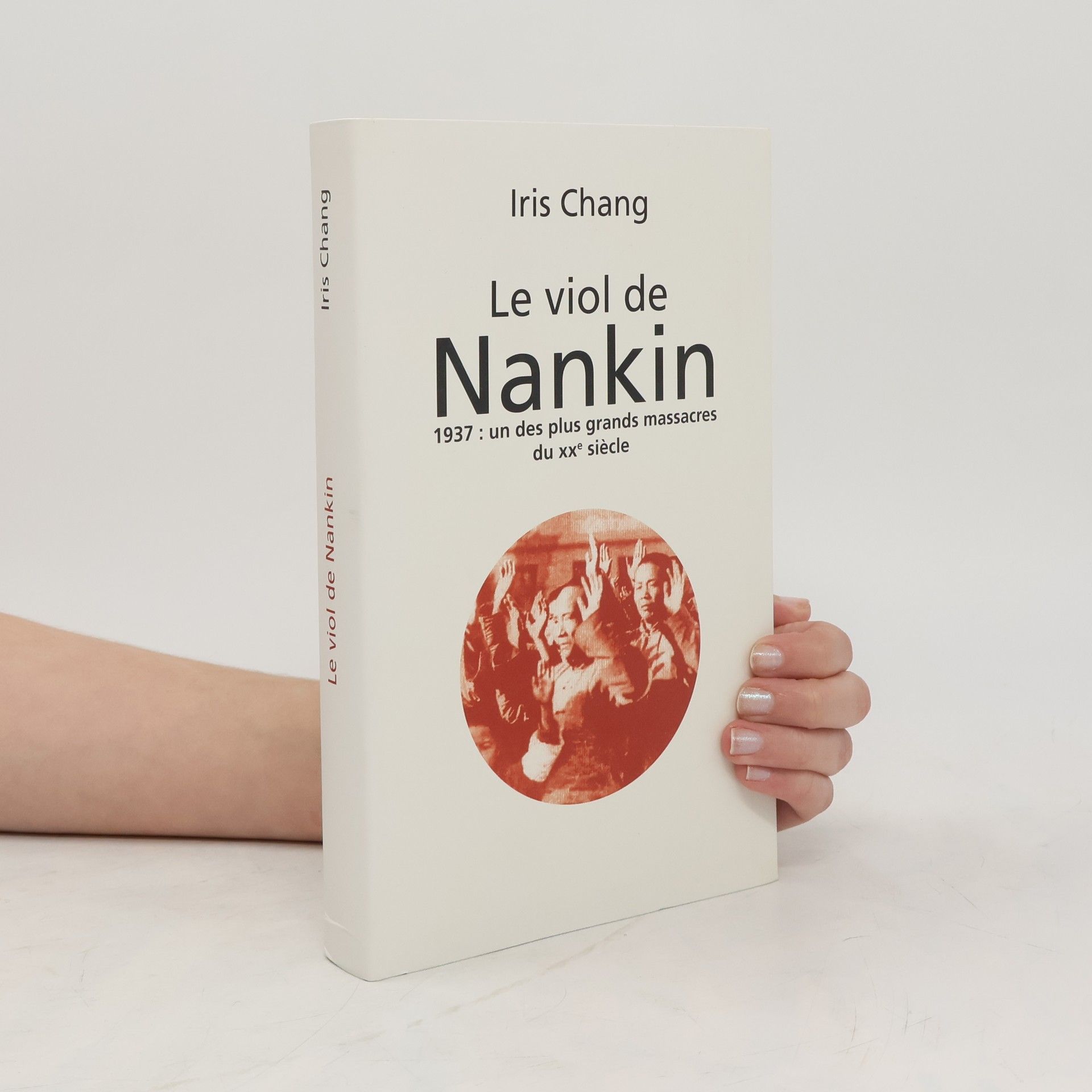V prosinci roku 1937 bylo tehdejší hlavní město Číny vystaveno jednomu z nejhrůznějších masakrů v dějinách válek. Japonští vojáci vtrhli do starobylého Nankingu a během několika měsíců systematicky znásilňovali, mučili a zavraždili víc než 300 000 bezbranných mužů, žen a dětí. Iris Changová, americká spisovatelka čínského původu, jejíž prarodiče jen o vlásek masakru unikli, pro svou knihu využila rozhovorů s těmi, kteří běsnění Japonců přežili, i nově objevené dokumenty.
Iris Chang Knihy
Iris Čchang byla čínsko-americká autorka, která se ve své práci zaměřovala na psaní o zapomenutých kapitolách historie. Její díla zkoumala traumatické zážitky a nespravedlnosti, kterým čelily čínské komunity v 19. a 20. století. Prostřednictvím důkladného výzkumu a syrového vyprávění Chang osvětlovala příběhy utrpení a odolnosti, čímž čtenářům přinášela do popředí důležité, ale často přehlížené události. Její odkaz spočívá v jejím neúnavném úsilí o spravedlnost a v jejím závazku zajistit, aby minulé nespravedlnosti nebyly zapomenuty.



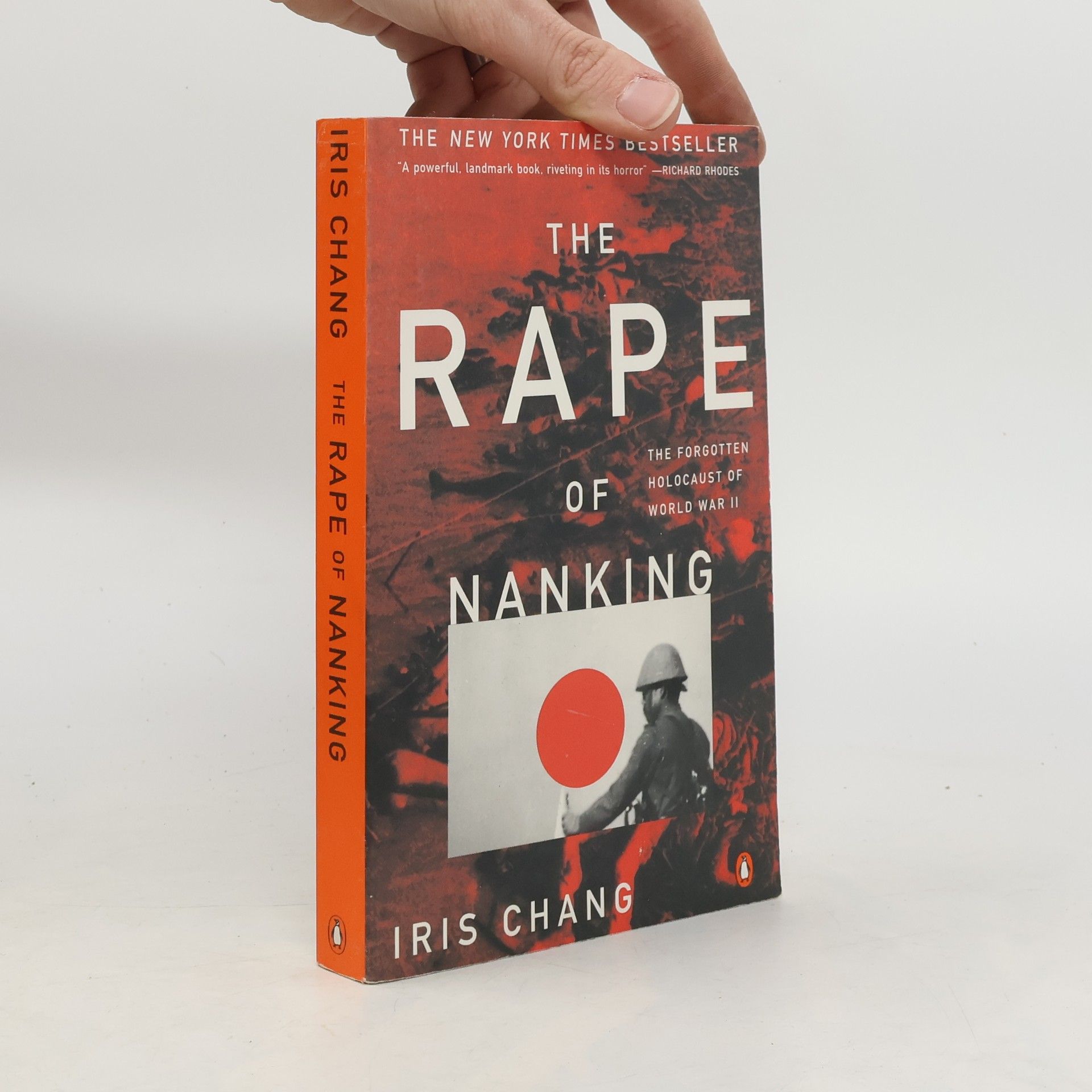
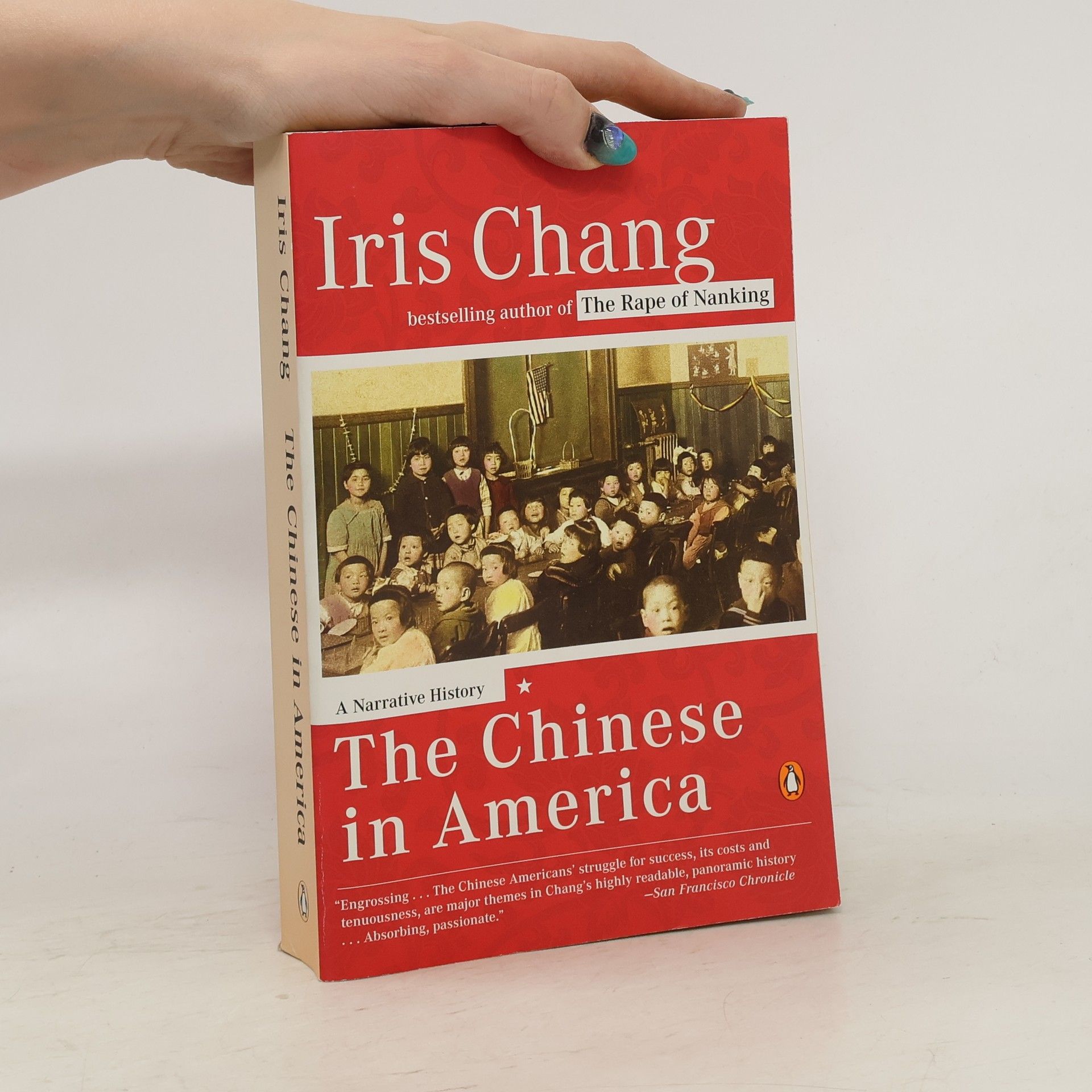
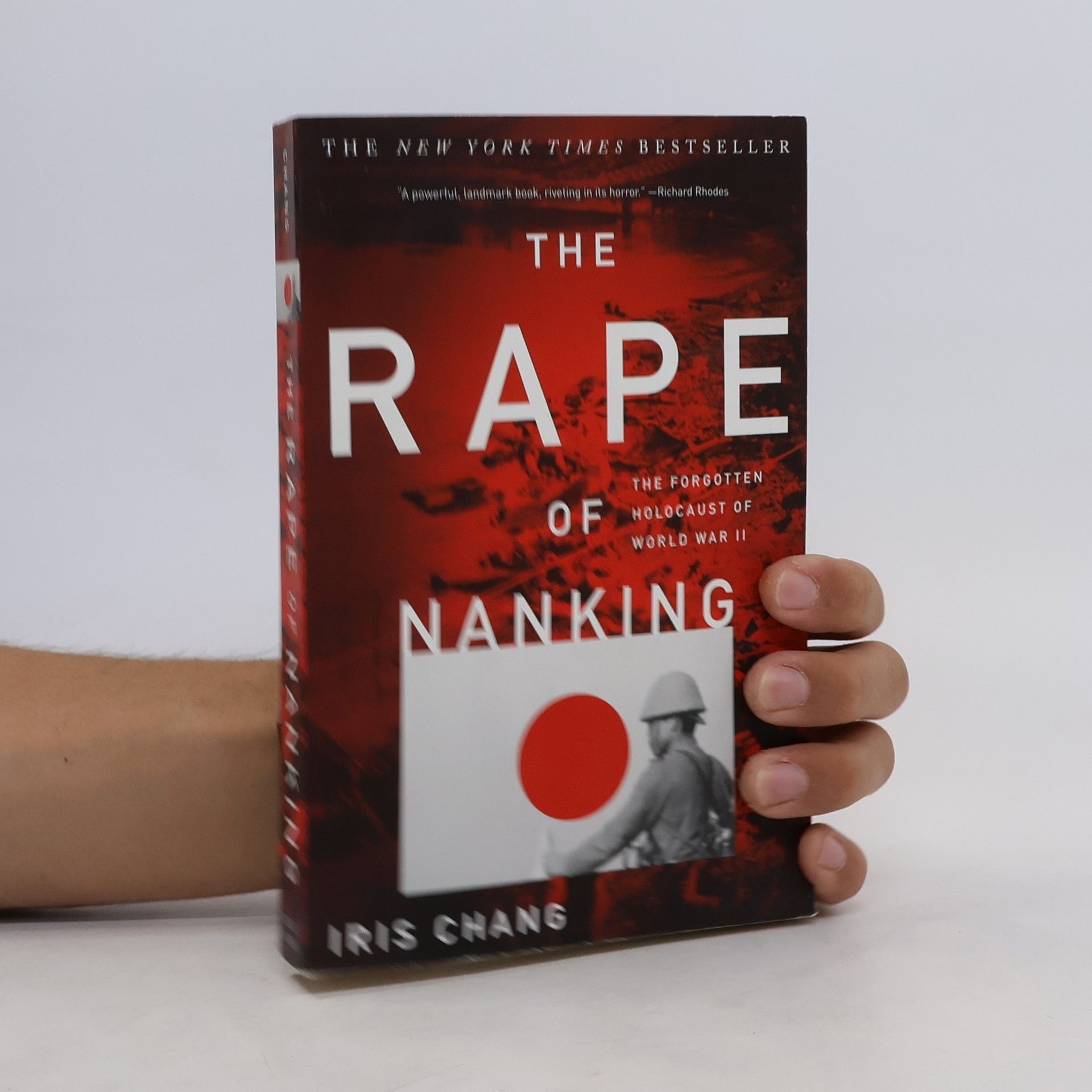
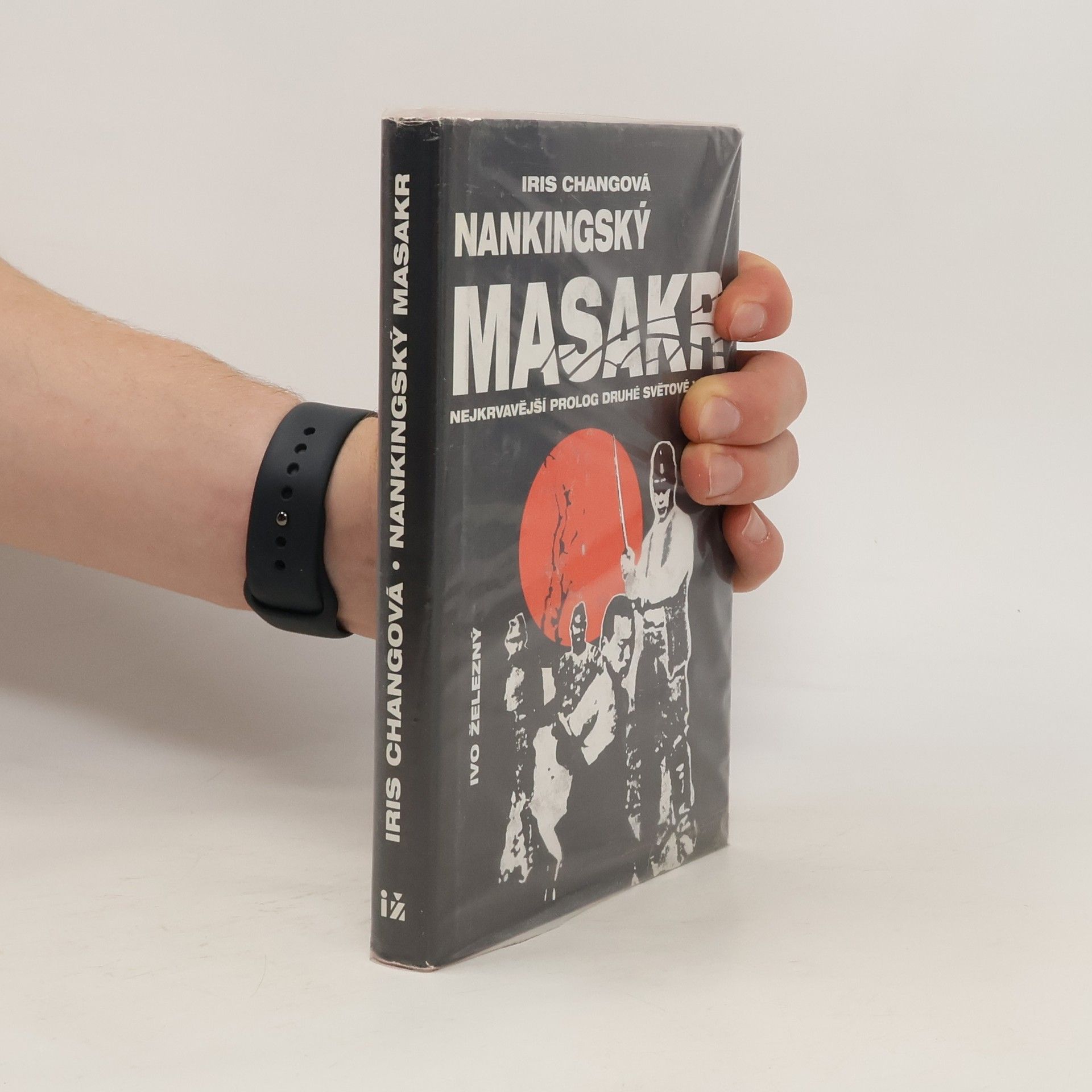
The Rape of Nanking
- 360 stránek
- 13 hodin čtení
In December 1937, in what was then the capital of China, one of the most brutal massacres in the long annals of wartime barbarity occurred. The Japanese army swept into the ancient city of Nanking (Na
The Chinese in America
- 496 stránek
- 18 hodin čtení
A quintessiantially American story chronicling Chinese American achievement in the face of institutionalized racism by the New York Times bestselling author of The Rape of NankingIn an epic story that spans 150 years and continues to the present day, Iris Chang tells of a people’s search for a better life—the determination of the Chinese to forge an identity and a destiny in a strange land and, often against great obstacles, to find success. She chronicles the many accomplishments in America of Chinese immigrants and their building the infrastructure of their adopted country, fighting racist and exclusionary laws and anti-Asian violence, contributing to major scientific and technological advances, expanding the literary canon, and influencing the way we think about racial and ethnic groups. Interweaving political, social, economic, and cultural history, as well as the stories of individuals, Chang offers a bracing view not only of what it means to be Chinese American, but also of what it is to be American.
The Rape of Nanking : The Forgotten Holocaust of World War II
- 304 stránek
- 11 hodin čtení
Attempts to analyze the degree to which the Japanese imperial government and its militaristic culture fostered in the Japanese soldier a total disregard for human life.
China today is poised to play a key role on the world stage, but in the early twentieth century the situation was very different. In this powerful new look at modern China, Rana Mitter goes back to a pivotal moment in Chinese history to uncover the origins of the painful transition from pre-modern to modern world. Mitter identifies May 4, 1919, as the defining moment of China's twentieth-century history. On that day, outrage over the Paris peace conference triggered a vast student protest that led in turn to "the May Fourth Movement." Just seven years before, the 2,000-year-old imperial system had collapsed. Now a new group of urban, modernizing thinkers began to reject Confucianism and traditional culture in general as hindrances in the fight against imperialism, warlordism, and the oppression of women and the poor. Forward-looking, individualistic, embracing youth, this "New Culture movement" made a lasting impact on the critical decades that followed: the 1940s, with the war against Japan and the civil war between the Nationalist Party and the Communists; the 1960s, with the bizarre, seemingly anarchic world of Mao Zedong's Cultural Revolution; and the 1980s, with the rise of a semi-market economy against the backdrop of continued single-party rule and growing inequality. Throughout each of these dramatically different eras, the May 4 themes persisted, from the insanity of the Cultural Revolution to the recent romance with space-age technology. China, Mitter concludes, still seems to be in search of a new narrative about what the country is, and what it should become. And May 4 remains a touchstone in that search.
Die Vergewaltigung von Nanking
- 283 stránek
- 10 hodin čtení
Im Dezember 1937 eroberten japanische Truppen Nanking, die damalige Hauptstadt Chinas. In den folgenden Wochen war Nanking der Schauplatz eines der entsetzlichsten Massaker der modernen Kriegsgeschichte. In einer unbeschreiblichen Gewaltorgie vergewaltigte, verstümmelte und ermordete das für seine Disziplin berühmte japanische Militär etwa 300 000 Männer, Frauen und Kinder. Iris Chang schildert das Geschehen aus drei Perspektiven, der der japanischen Soldaten, der chinesischen Opfer und schließlich der Europäer und Amerikaner, die damals in Nanking lebten.
Le viol de Nankin
1937 : un des plus grands massacres du XXe siècle
L'un des plus grands massacres du XXe siècle s'est déroulé en Chine à la fin de 1937. Le 13 décembre, quelques mois après le début du conflit qu'ils imposent aux Chinois, les Japonais s'emparent de Nankin, alors capitale de la Chine. Durant des semaines, ils vont se livrer à une orgie de violence : tortures, viols, meurtres en masse. Dans cet ouvrage pionnier, Iris Chang raconte avec force et précision ce qui s'est passé selon le triple point de vue des bourreaux, des victimes et des Occidentaux. Elle décrit aussi comment une poignée d'Américains et d'Européens, dont un homme d'affaires nazi, John Rabe, qu'elle surnomme l'" Oskar Schindler de la Chine", ont aménagé une zone de sécurité qui leur a permis de sauver des dizaines de milliers de vies. Enfin, elle analyse le lourd traumatisme qui a suivi le drame jusqu'à nos jours, montrant combien la mémoire chinoise s'est cristallisée sur ce qu'il faut appeler le viol d'une nation. Iris Chang avait 29 ans lorsqu'elle publia ce livre incendiaire qui devint aussitôt un best-seller aux Etats-Unis et fut traduit en de nombreuses langues. Quelques années plus tard, le 9 novembre 2004, à 36 ans, elle mettait fin à ses jours sur une route désertique de Californie.
